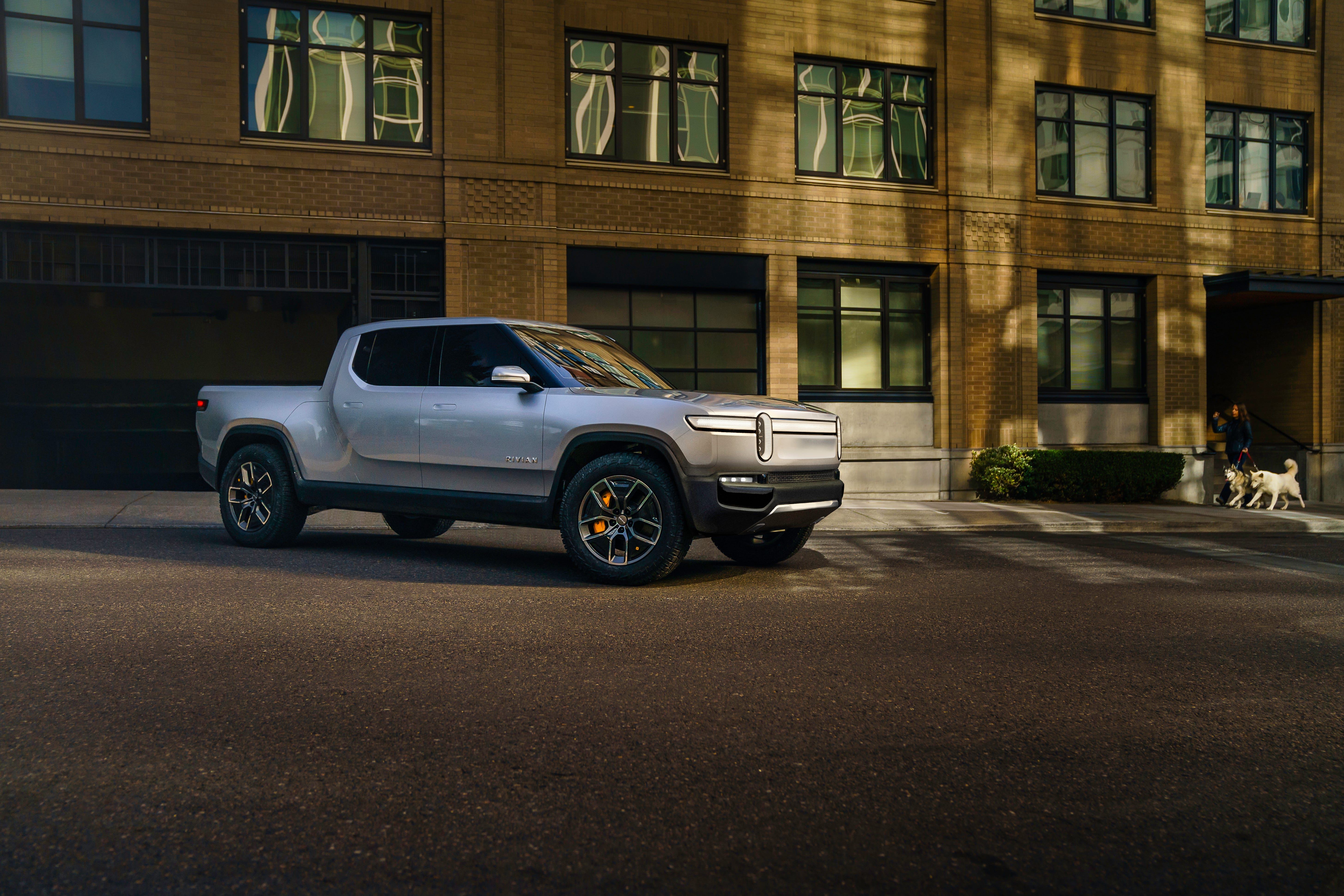In a Rising Threat, the 'Osborne Effect' Confronts Automakers With Potential Obsolescence
Consumers could leave gasoline models unsold, and wait for electrics

In an announcement yesterday, BMW said it will introduce an electric vehicle with a solid-state battery by 2030. The same day, Toyota announced that it's creating a new EV called the "bz4x," to be offered for sale the middle of next year, not to mention an electric pickup not long after.
For a year, GM has crowed that it will put 30 EV models on the road by 2025. VW has been just as loud, boasting that it is installing 3,500 EV charging points in the U.S., deploying 30 EV models under its Audi brand alone by 2025, and aiming to cut battery costs by half by the end of the decade. Next year, Ford will start selling an electric F-150 pickup truck, for four decades its best-selling vehicle.
In recent months and years, the world's major automakers, haunted by the prospect of obsolescence at the hands of Tesla, fast-moving Chinese automakers, or perhaps a legacy rival with some moxie, have been moving at an accelerating pace to go electric. Their target is to more or less get there around 2025, thought to be the tipping point when the plunging sticker price of EVs will reach parity with currently cheaper combustion vehicles.
But the hoopla they are making about their plans — while perhaps heartening to Wall Street and shareholders — is also exceptionally risky. Experts say that every time the automakers signal their intentions, they increase the potential of an assault by the "Osborne Effect," a commercially deadly phenomenon that could leave them with billions of dollars in losses.
In an Osborne outbreak, consumers are blasted with the advance announcement of a mind-blowing coming breakthrough in a product, like a popular electronic device. The new version is due in six months, a year, or perhaps a bit longer. The consumer, now aware that what's on the store shelf is going to be outdated, waits to buy the new version. The one on the shelf keeps sitting there, unbought, losing the company a lot of money. In the case of Adam Osborne, a computer pioneer for whom the effect is named, he announced a super-upgrade of his computer in 1983, a year before its actual release. Sales of his current version ceased. Two years later, he was bankrupt.
Reilly Brennan, a Silicon Valley venture capitalist who specializes in mobility, told me that's what threatens the automakers. "Car companies do this insane thing of showing you concept cars six years in advance," Brennan told me. "Dealers have hated concept cars because they want to sell 2021 cars, not 2025."
The Osborne danger is on two levels: An important fraction of the auto-buying public could delay an otherwise planned vehicle purchase for three years, waiting for a hard look at the flood of 2024 or 2025 EV sedans, SUVs and pickup trucks, all priced about the same as their gasoline-run cousins. What happens next will depend on the consumers' mood: They may buy mainly combustion and a trickle of the EVs, as they always have, or they could play out a new iPhone moment — a crazed purchase of EVs. Whichever, there could be a lot of 2022–2024 combustion models left unsold on dealer lots.
The second level of impact could come in the second half of the decade, well after cost parity is reached, when the price of EVs may be even below that of combustion. Most automakers will not have fully made the transition to EVs, and will be to a large degree still reliant on conventional vehicles, which will now be in danger of Osborne obsolescence. "Most people haven't even driven an EV," Brennan said. "The real Osborne Effect will be at total cost parity and the real experience in which a person's peer group owns one and they've been able to drive one. It's a matter of what the industry calls, 'getting butts into seats.'"
Some have cast doubt on the Osborne thesis, contending that the computer company died because of an entirely different blunder. Possibly so, but there is no doubt that once-proud products have been made obsolete by newer models. Think the sleek Nokia 8210, a phone about half the size and weight of a deck of cards, which cost about $400 when it came out in 1999 and made people swoon just like the iPhone did starting in 2007, when Nokia fell off the sales map. Or how about the Kodak Instamatic, the must-have film camera owned probably by every second or third household in the United States through the 1960s, 1970s and much of the 1980s. We all know what happened next.
Obsolescence comes in many forms. There has been a multi-year slowdown in U.S. automobile sales: They have gone from 17.5 million vehicles sold in 2016, to 17 million in 2019, 14.9 million in the Covid-19 year of 2020, and are on track to sell roughly 16.8 million this year. Consumer habits and tastes are in motion. That another mind-shift to EVs could occur — just as has happened on Wall Street and in Silicon Valley — seems indisputable.
Editor at Large, Medium, covering the turbulence all around us, electric vehicles, batteries, social trends. Writing The Mobilist. Ex-Axios, Quartz, WSJ, NYT.



No comments:
Post a Comment